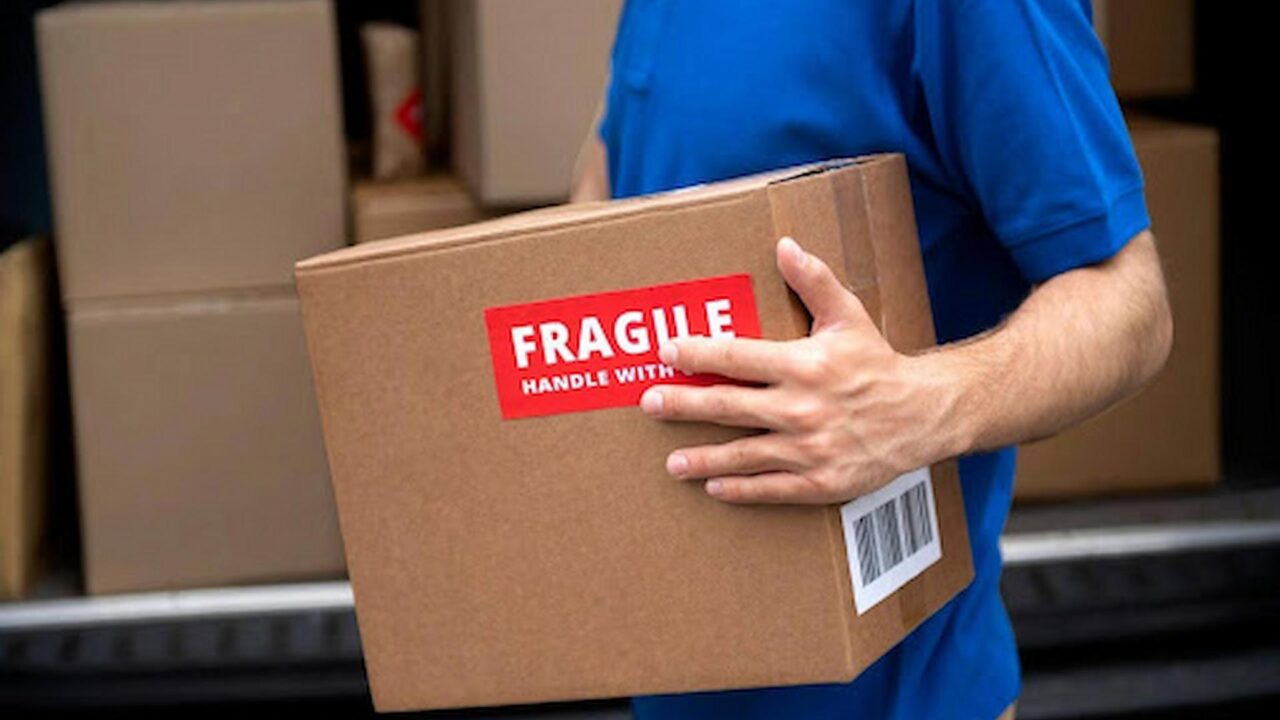
The Tokyo 2021 Olympics is soon to be underway. As enjoyable as it is for many spectators observing equestrian events, we must always consider what impact these games have on the horses themselves. Issues faced can be related to climate, added stress due to the consistent transportation, along with an array of other issues. We are going to break down some of the key problems involved with Olympic games when it comes to horses, how they compete and any relative controversies.
Transportation
There are many elements linked to transport that can result in a stressed horse. Separation from stable companions, alterations in routine, restriction to a confined space, noise, vibration, acceleration, braking, cornering, reduced air quality, elevated head position, decreased feed and water intake and increased energy expenditure are all factors to be wary of.
When transporting a horse, examining their behaviour is key. Evidence of stress when in transportation include:
- Vocalisations – Whinnying or calling out.
- Sweating – This can result in weight loss and loose, watery droppings.
- Restlessness – Pawing or kicking in an agitated manner.
- Poor appetite – Reluctance to eating or drink.
Clinical parameters such as rectal temperature, heart rate and respiratory rate are the minimum recommended for horses following prolonged transport. When a horse is stressed during travel, the heartrate can be evidently much higher than the normal resting level while also showing rapid spikes. As well as the pressure involved with transportation of the horses themselves, their horse feed must also be shipped. This is because they cannot cope with a change of diet due to sensitivity of their digestion systems. As there are nearly 700 horse feeds being shipped to Tokyo this year, they are carefully selected to ensure quality before being quarantined in order to reduce any risk of contamination with anything that could result in competing horses failing a drugs test.
Climate
Increased sweat loss in hot climates can result in horses developing electrolyte imbalances which can lead to reduced performance, an increased risk of conditions such as exertional rhabdomyolysis or synchronous diaphragmatic flutter. Whenever horses compete in a hot environment, complications can arise. This is especially true if they are being transported to a climate they are not accustomed to. This summer, it is going to be exceptionally hot in Tokyo, which will place additionally strain on the horses. When they sweat, electrolytes are lost, meaning additional supplements are needed to replace those losses. If we compare this to a human in a similar environment, conditions can be akin to cramp. Unfortunately, the horse equivalent is far more painful for them, and can prove to be seriously debilitating.
Nutrition
Daily monitoring is essential to ensure the health of a competing horse is as optimal as possible. With the stress of transport and the unfamiliar climate, ensuring your horse consumes adequate nutrients is key to maintaining their wellbeing. It has been suggested that attention should be given to assessing the suitability of dietary electrolyte intake and consideration be given to electrolyte supplementation in order to replenish what a horse loses through excess perspiration. Observing your horse’s behaviour, horse feed intake and water intake is especially important.
To ensure your horse gets the best nutrition before they compete there are several ways to ensure they do not suffer due to stress, heat, or an abrupt diet change:
- Travel with feeds and forage that are permitted to be imported into the destination country.
- Import feeds and forages that are available in the country of competition to the home country, making a gradual transition at least 4 weeks prior to travelling.
- If enforced feed and forage changes cannot be avoided, consideration should be given to support with pre and probiotic supplements.
Any changes to the horses’ diet should ideally be made at least 4 weeks and ideally at least 6 weeks before travel and ideally even earlier.





